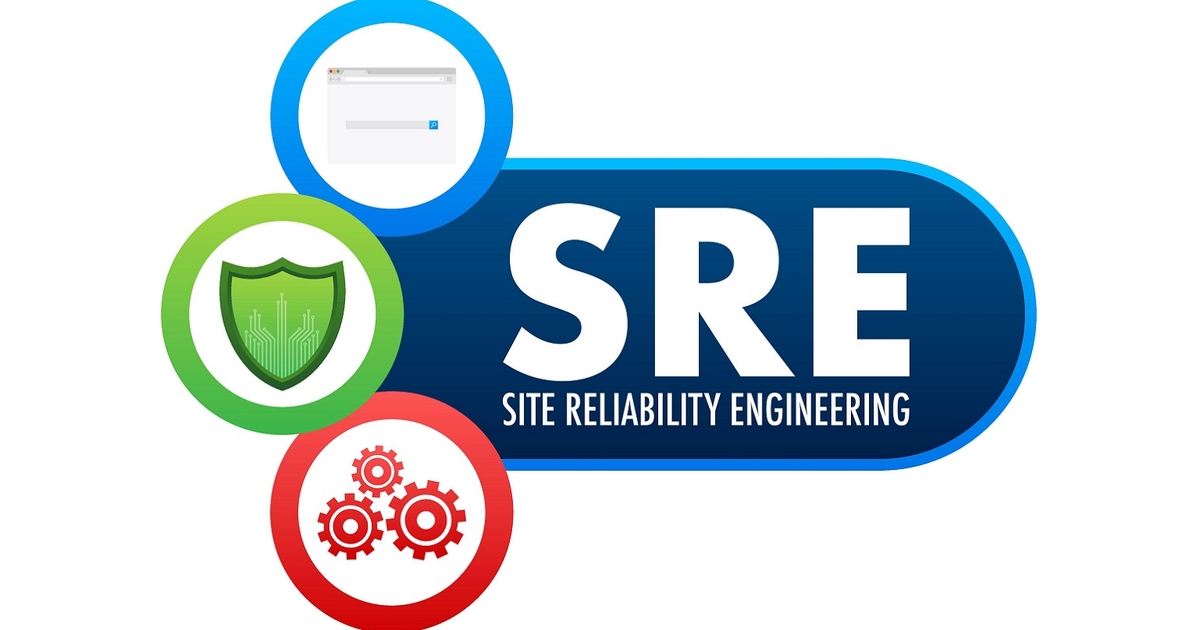In the ever-evolving world of software engineering, there’s one role quietly ensuring your favorite apps don’t crash when you need them the most — Site Reliability Engineers (SREs).
But what exactly is SRE? How is it different from DevOps? And why is everyone from Google to startups investing in it?
Let’s break it down.
What is Site Reliability Engineering?
Site Reliability Engineering (SRE) is a discipline that blends software engineering with IT operations. Coined by Google, SRE is about automating operations and ensuring systems are scalable, reliable, and efficient.
At its core, SRE answers one big question:
“How do we run large-scale services reliably and consistently — and improve them over time?”
SRE vs DevOps: What’s the Difference?
While DevOps focuses on collaboration between development and operations, SRE is DevOps with an engineer’s mindset. It’s more prescriptive and emphasizes metrics, error budgets, and automation.
| Aspect | DevOps | SRE |
|---|---|---|
| Philosophy | Culture & collaboration | Engineering & automation |
| Approach | Broad guidelines | Specific practices & metrics |
| Metrics | Uptime, delivery frequency | SLOs, SLAs, SLIs, error budgets |
| Tools | CI/CD, monitoring | Same, but with heavy automation |
Core Principles of SRE
1. SLOs, SLIs, and SLAs
- Service Level Objectives (SLO): Desired reliability targets
- Service Level Indicators (SLI): Metrics (e.g., latency, availability)
- Service Level Agreements (SLA): External commitments (usually legal)
2. Error Budgets
A brilliant concept: rather than striving for 100% uptime (impossible!), SRE allows some failure — defined by the error budget.
If your SLO is 99.9%, your budget is 0.1% downtime.
3. Toil Reduction
Toil = manual, repetitive work. SREs aim to automate everything.
Less toil = more time for innovation.
4. Blameless Postmortems
When things break (they will), SREs run transparent postmortems focused on learning, not blaming.
What Do SREs Actually Do?
- Build and maintain monitoring and alerting systems
- Write automation to handle deployments, scaling, and failures
- Track performance and reliability metrics
- Participate in incident response
- Collaborate with developers to build more reliable systems
Why SRE Matters
In today’s always-on digital world, downtime is expensive — financially and reputationally.
SRE brings the discipline, structure, and mindset needed to:
- Reduce downtime
- Increase developer velocity
- Scale services globally
- Improve customer experience
Final Thoughts
SRE isn’t just a buzzword — it’s a necessary evolution in running software at scale. Whether you’re managing a microservice architecture or a monolith, reliability must be baked into your engineering culture, not bolted on as an afterthought.
If you’re passionate about systems, love automation, and want to sit at the intersection of dev and ops — SRE might just be your calling.
Got thoughts or questions about SRE?
Connect with me on GitHub!


Comments